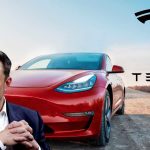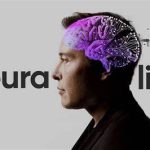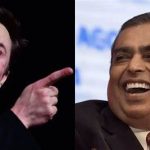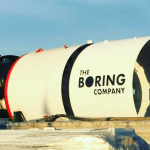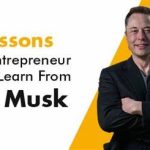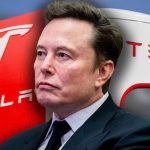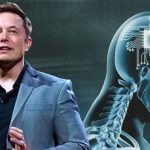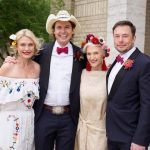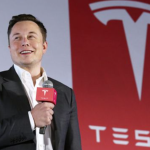The Elon Musk Effect on Electric Vehicle Industry
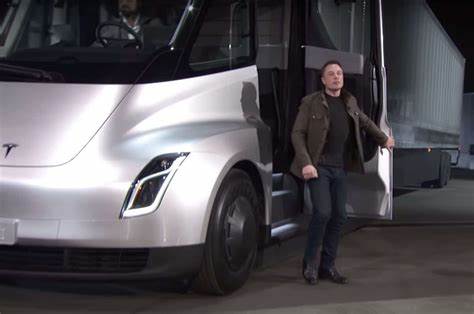
The Elon Musk Effect on Electric Vehicle Industry: Assessing Musk’s Impact on the Global EV Industry and What Competitors Are Doing to Keep Up
Elon Musk, a visionary entrepreneur synonymous with innovation, has unleashed a seismic shift in the electric vehicle (EV) industry. Through Tesla, Musk has not merely introduced another car manufacturer into the competitive automotive landscape; he has sparked a revolution that challenges conventional thinking, redefines technology, and reshapes business strategies. The so-called “Elon Musk Effect” transcends Tesla’s market success—it represents a fundamental transformation of how the world perceives and interacts with electric vehicles. To fully grasp the magnitude of this phenomenon, we must explore its key dimensions: how Musk has redefined electric vehicles, driven technological innovation, created a holistic EV ecosystem, and disrupted traditional market approaches. Additionally, we’ll examine how competitors—both legacy automakers and emerging players—are scrambling to keep pace with Tesla’s relentless momentum.
1. Redefining Electric Vehicles: From Niche to Mainstream
Before Tesla burst onto the scene, electric vehicles occupied a niche corner of the automotive world. They were often dismissed as underpowered, utilitarian “green” machines—vehicles designed more for environmentalists than enthusiasts. Range anxiety plagued early models, with limited battery life restricting their practicality, and their designs were typically uninspired, lacking the flair of their gasoline-powered counterparts. Enter Elon Musk and Tesla, who shattered these stereotypes with audacious ambition.
The Tesla Roadster, launched in 2008, was a bold opening salvo. Built on a Lotus chassis, it boasted a range of over 200 miles and acceleration that rivaled sports cars, proving that electric vehicles could be both sustainable and exhilarating. This was followed by the Tesla Model S in 2012, a luxury sedan that combined sleek aesthetics, a range exceeding 300 miles, and performance metrics that outstripped many high-end internal combustion engine (ICE) vehicles. With a 0-60 mph time of under three seconds in its top-tier versions, the Model S wasn’t just an electric car—it was a statement. Subsequent models like the Model X, with its futuristic falcon-wing doors, and the more affordable Model 3 further cemented Tesla’s reputation as a game-changer.
Musk’s vision extended beyond technical specs. He reframed electric vehicles as aspirational, weaving them into a narrative of luxury, power, and cutting-edge innovation. This shift in perception was pivotal: EVs were no longer a compromise but a desirable alternative, appealing to a broad audience—from eco-conscious buyers to performance-driven car enthusiasts. By doing so, Musk didn’t just sell cars; he sold a new automotive identity, forcing the industry to rethink its approach to electrification.
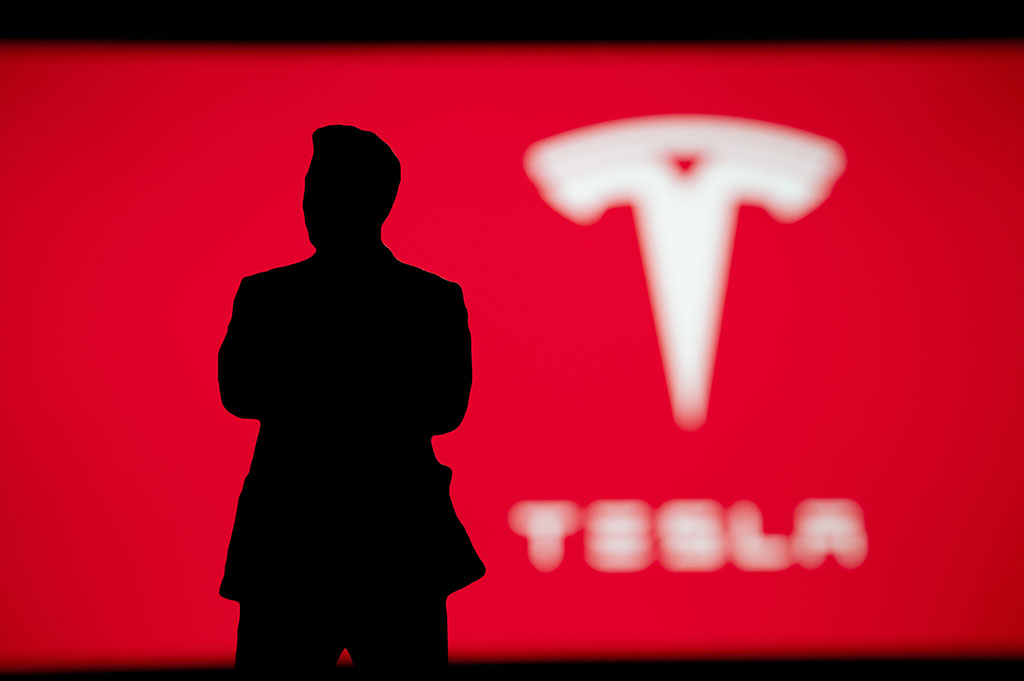
2. Driving Technological Innovation: Setting the Pace for the Industry
Tesla’s impact isn’t confined to rebranding EVs—it’s deeply rooted in technological breakthroughs that have set a high bar for the industry. Under Musk’s leadership, Tesla has become a pioneer in areas critical to the future of transportation: battery technology, autonomous driving, and software integration.
At the heart of Tesla’s dominance is its mastery of lithium-ion battery technology. Musk recognized early on that batteries were the linchpin of EV adoption. Tesla’s Gigafactories—massive production facilities in Nevada, Shanghai, and Berlin—produce batteries at an unprecedented scale, driving down costs through economies of scale. Innovations like the 4680 battery cell promise greater energy density, faster charging, and longer lifespans, giving Tesla a competitive edge. This focus on batteries isn’t just about powering cars; Tesla’s energy storage products, like the Powerwall and Megapack, extend its influence into renewable energy markets.
Autonomous driving is another frontier where Musk has pushed boundaries. Tesla’s Autopilot and Full Self-Driving (FSD) systems leverage advanced artificial intelligence, cameras, and sensors to offer semi-autonomous capabilities, with the promise of fully autonomous vehicles on the horizon. While competitors like Waymo and Cruise also pursue self-driving technology, Tesla’s over-the-air software updates allow it to continuously refine its systems, creating a dynamic, evolving product that traditional automakers struggle to replicate.
This relentless innovation has ripple effects. Legacy automakers like General Motors and Volkswagen, once content with incremental improvements to ICE vehicles, now face existential pressure to electrify their fleets and invest in R&D. Ford’s $11 billion commitment to EVs and BMW’s pivot to electric-first platforms are direct responses to Tesla’s technological lead. Musk hasn’t just raised the bar—he’s forced the entire industry to sprint to catch up.
3. Creating an Electric Vehicle Ecosystem: Beyond the Car
Musk’s vision extends far beyond manufacturing vehicles; he’s building an interconnected ecosystem that addresses the practical and psychological barriers to EV adoption. This holistic approach is a cornerstone of the “Elon Musk Effect” and a key differentiator for Tesla.
The Supercharger network is perhaps the most visible element of this ecosystem. Launched in 2012, it has grown to over 50,000 charging stations worldwide by 2025, offering high-speed charging that mitigates range anxiety—a persistent concern for EV buyers. Unlike fragmented third-party charging networks, Tesla’s proprietary system ensures reliability and convenience, with stations strategically placed along highways and in urban centers. Musk’s decision to open parts of this network to non-Tesla EVs in recent years reflects both confidence in Tesla’s lead and a strategic move to shape industry standards.
Beyond charging, Tesla integrates solar energy and storage into its ecosystem. Products like Tesla Solar Roof and Powerwall allow customers to generate and store renewable energy, powering their homes and vehicles sustainably. This synergy reinforces Tesla’s brand as a lifestyle choice, not just a carmaker. Maintenance is streamlined too—Tesla’s service centers and mobile repair units minimize downtime, while software updates enhance vehicle performance without requiring a visit to the shop.
This ecosystem alleviates consumer hesitations about EVs, from charging infrastructure to long-term usability, creating a seamless experience that competitors are racing to emulate. It’s a bold departure from the traditional automotive model, where carmakers focus solely on selling vehicles and leave infrastructure to others.
4. Changing the Market Approach: Disrupting the Status Quo
Musk’s influence also lies in how Tesla engages with the market, upending decades-old conventions in the automotive industry. Traditional carmakers rely on a dealership model, where intermediaries sell and service vehicles, often inflating costs and diluting brand control. Tesla bypasses this entirely, selling directly to consumers through its website and sleek, Apple-inspired showrooms.
This direct-to-consumer (DTC) approach offers multiple advantages. It allows Tesla to maintain tight control over pricing, customer experience, and brand messaging. By cutting out middlemen, Tesla reduces overhead and passes savings to buyers—or reinvests them into innovation. Online ordering, complete with customization options, simplifies the purchasing process, making it as intuitive as buying a smartphone. This model has proven so effective that states like Texas and Michigan, which once banned DTC sales, have faced legal challenges from Tesla to modernize their laws.
Musk’s marketing strategy amplifies this disruption. Rather than relying on traditional advertising, he leverages social media—particularly X, where his personal account boasts millions of followers—to generate buzz. Product launches, like the Cybertruck reveal, become global events, fueled by viral hype rather than paid campaigns. This unorthodox approach keeps Tesla’s costs low and its cultural relevance high, leaving competitors scrambling to rethink their own sales and branding strategies.
What Are Competitors Doing to Keep Up?
Tesla’s meteoric rise has jolted traditional automakers and startups alike into action. The “Elon Musk Effect” has turned electrification from a sideline experiment into a do-or-die priority. Here’s how the industry is responding:
- Developing New Electric Vehicle Lines: Legacy players like General Motors (with the Hummer EV and Cadillac Lyriq), Ford (Mustang Mach-E), and Volkswagen (ID. series) have rolled out EV models targeting Tesla’s market share. These vehicles aim to match Tesla’s performance and range while offering competitive pricing. Meanwhile, startups like Rivian and Lucid are carving niches with rugged electric trucks and ultra-luxury sedans, respectively.
- Investing in Battery Technology: Automakers are pouring billions into battery R&D. GM’s Ultium platform promises modular, scalable batteries, while Volkswagen partners with QuantumScape to explore solid-state technology. These efforts aim to close the gap with Tesla’s cost and performance advantages, though Tesla’s head start remains formidable.
- Building Charging Networks: To rival Tesla’s Superchargers, companies like Ford and GM are backing initiatives like Electrify America and Ionity. Partnerships with energy firms also enable home charging solutions, though these networks lack Tesla’s cohesion and scale.
- Adopting New Business Models: Subscription services and leasing programs are gaining traction. BMW’s “Electric Now” subscription lets customers access EVs short-term, while GM explores flexible ownership models. These experiments aim to attract younger, urban buyers who prioritize flexibility over ownership.
Conclusion: A Lasting Legacy
The “Elon Musk Effect” has ignited a revolution in the electric vehicle industry, compelling automakers to rethink their products, technologies, and business models. Tesla’s dominance—built on Musk’s vision, innovation, and ecosystem—has made it the benchmark against which all others are measured. Yet, the intensifying competition from legacy giants and agile startups signals a dynamic future. As the industry races to electrify, consumers stand to benefit from greater choice, lower costs, and a cleaner planet. Musk hasn’t just disrupted the automotive world—he’s redefined its trajectory, proving that one visionary can indeed steer an entire industry toward a sustainable tomorrow.
